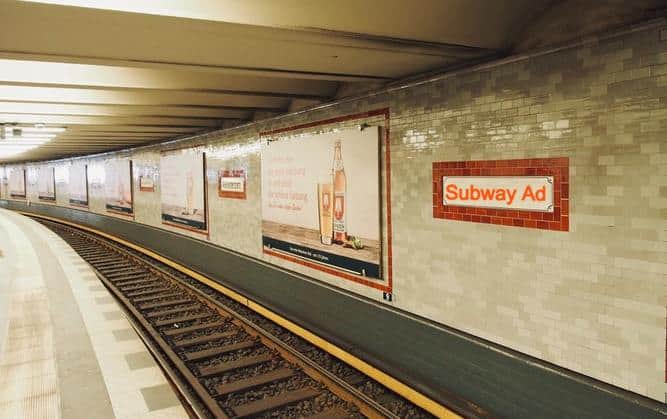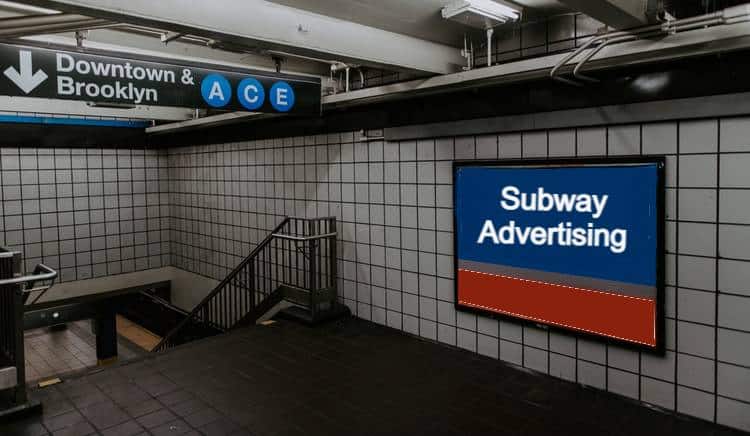Subway Adverts have become a powerful tool for marketers to reach diverse audiences, offering unparalleled access to specific demographics in busy urban settings. This in-depth blog will explore how subway advertising can be leveraged to target various consumer segments based on age, income, profession, and lifestyle.
Subway Adverts: Targeting Young Professionals and Commuters
Subway systems are central to daily commutes, making them an ideal environment for reaching young professionals. These individuals typically have fast-paced lives, with limited time to consume media outside of their work schedules. The confined space and high frequency of subway ads make them more likely to absorb messages during their commute. Advertising formats such as digital screens, train wraps, or station takeovers are visually striking and well-suited to capture the attention of busy professionals. Campaigns aimed at this group often emphasize productivity tools, mobile apps, fitness brands, and on-the-go food options.
For example, tech companies can use subway advertising to promote productivity apps or software services that cater to this audience’s desire to streamline their workday. Additionally, fashion and lifestyle brands can use ads in subway stations near commercial hubs to highlight new business attire or accessories that appeal to young professionals striving to balance style with convenience.







